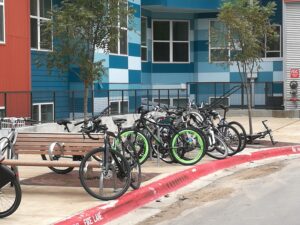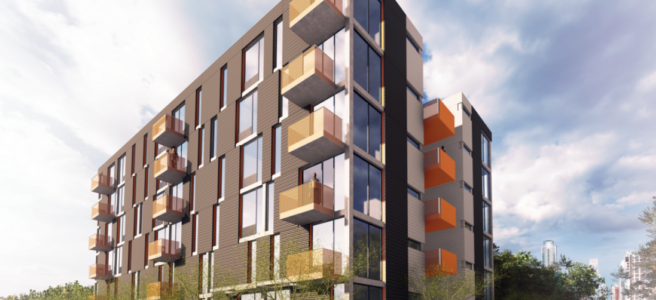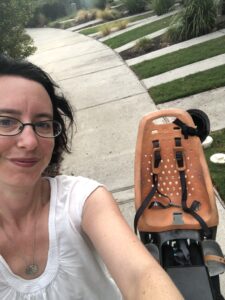The 2024 City Council campaign season has begun! This post is about zoning but before we get there, let’s review some information about the upcoming campaigns.
There will be 6 seats on the ballot: Districts 2, 4, 6, 7, 10, and Mayor. The 9 candidates who received donations received a total of roughly $283k, or about $31k per candidate. Neither of the mayoral candidates received donations.
| Candidate | District | Incumbent | Donations |
| Vanessa Fuentes | 2 | Yes | $45,767 |
| Chito Vela | 4 | Yes | $63,030 |
| Mackenzie Kelly | 6 | Yes | $41,431 |
| Krista Laine | 6 | No | $15,936 |
| Edwin Bautista | 7 | No | $240 |
| Adam Powell | 7 | No | $12,062 |
| Mike Siegel | 7 | No | $57,219 |
| Marc Duchen | 10 | No | $12,430 |
| Ashika Ganguly | 10 | No | $35,036 |
There’s some obvious patterns here: incumbents ($50,076) received more than challengers ($22,153) on average. Not a surprise: incumbents are people donors know are serious about running to win, while some challengers are still proving themselves, making connections, or not campaigning very hard.
The details of the reports show a striking pattern: the three incumbents received an average of $17,725 from employees of just two firms: Armbrust & Brown ($23,575) and Endeavor Real Estate group ($29,650). The incumbents received on average $17,725 from these two firms. Armbrust & Brown is one of the most high-powered law firms working on complex developments like the Q2 soccer stadium while Endeavor works on some of the most complex Austin developments like the former Statesman site. These two firms, representing a combined 19% of all donations this quarter and 35% of donations to incumbents, are far-and-away the most generous employers. The next-highest employer is Austin Habitat for Humanity, with $1,925, all from a single individual. They also present a hurdle to all challengers: you step into each race knowing not only that voters and donors know the incumbent better, but that they get a headstart from a quick fundraiser.
Why are these two firms giving so much to every incumbent and none to challengers? It’s certainly not because of partisanship: Fuentes and Vela are Democrats, while Kelly is Republican. It’s also not ideological in a land use sense either. Fuentes and Vela are reliable votes for major land use reforms like allowing triplexes or ending parking mandates, while Kelly voted against both measures. I also don’t believe there’s any kind of shady quid pro quo going on here, where the incumbents are sitting around in a smoke-filled back room agreeing to vote for a particular project in exchange for campaign donations. My experience with Austin politics is that all players take incredible care to follow the rules and beside, City Hall doesn’t allow smoking.
For both Armbrust & Brown, and Endeavor, their business models rely on winning discretionary government approvals. While a typical building project (say, rebuilding a house) requires only that staff certify the developers followed the rules, there are no off-the-shelf rules for completing complex projects like a soccer stadium or the redevelopment of the Statesman site. For example, both projects will have transit stations on them. The amount of funds these two firms gave are large in the context of campiagn funds and small in the context of a mega-development. Being known for giving that money to every incumbent who answers the phone and negotiates with you in good faith can help assure that you will at least be able to have conversations about your project, whether or not you get the votes to achieve passage.
I don’t think there’s much to be done about the fact that mega-projects are inherently political and discretionary. But the same principle applies to projects on a much smaller scale. In addition to megaprojects, every time a project requires a rezoning, a PUD, a variance, or similar, it involves a degree of discretionary approvals that not only add time and costs to the development, but that push our political system from one where voters decide based on issues to one where applicants decide based on the need for access. It’s just one more small negative ripple effect from not allowing enough development to meet demand without discretionary approvals.





